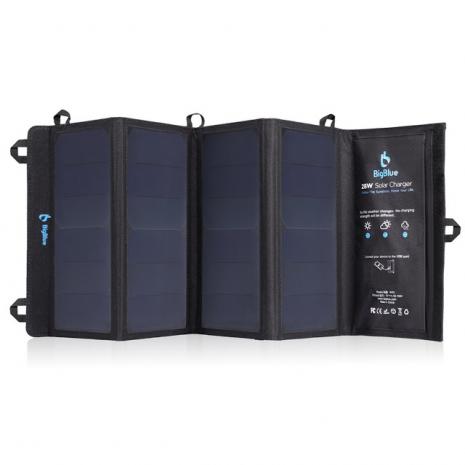
Breaking News
 "Pulp Fiction" Actor Peter Greene Found Dead on the Floor of His NYC Apartment… 'Blood
"Pulp Fiction" Actor Peter Greene Found Dead on the Floor of His NYC Apartment… 'Blood
 Jesse Kelly and Joe Allen on AI and Its Impact – "I Do Consider This to Be an Active War Agains
Jesse Kelly and Joe Allen on AI and Its Impact – "I Do Consider This to Be an Active War Agains
 Chairman Comer Issues Ultimatum to Clintons – Appear for Epstein Depositions or Face Contempt...
Chairman Comer Issues Ultimatum to Clintons – Appear for Epstein Depositions or Face Contempt...
 Matt Walsh Responds to Demands to Disavow His Allies, and How to Resolve the Right-Wing...
Matt Walsh Responds to Demands to Disavow His Allies, and How to Resolve the Right-Wing...
Top Tech News
 This tiny dev board is packed with features for ambitious makers
This tiny dev board is packed with features for ambitious makers
 Scientists Discover Gel to Regrow Tooth Enamel
Scientists Discover Gel to Regrow Tooth Enamel
 Vitamin C and Dandelion Root Killing Cancer Cells -- as Former CDC Director Calls for COVID-19...
Vitamin C and Dandelion Root Killing Cancer Cells -- as Former CDC Director Calls for COVID-19...
 Galactic Brain: US firm plans space-based data centers, power grid to challenge China
Galactic Brain: US firm plans space-based data centers, power grid to challenge China
 A microbial cleanup for glyphosate just earned a patent. Here's why that matters
A microbial cleanup for glyphosate just earned a patent. Here's why that matters
 Japan Breaks Internet Speed Record with 5 Million Times Faster Data Transfer
Japan Breaks Internet Speed Record with 5 Million Times Faster Data Transfer
 Advanced Propulsion Resources Part 1 of 2
Advanced Propulsion Resources Part 1 of 2
 PulsarFusion a forward-thinking UK aerospace company, is pushing the boundaries of space travel...
PulsarFusion a forward-thinking UK aerospace company, is pushing the boundaries of space travel...
 Dinky little laser box throws big-screen entertainment from inches away
Dinky little laser box throws big-screen entertainment from inches away
 'World's first' sodium-ion flashlight shines bright even at -40 ºF
'World's first' sodium-ion flashlight shines bright even at -40 ºF
Near term off-grid electrification for 1.2 billion people

Offgrid solar, batteries and LED lighting will be circumventing this bottleneck. Although there is still distribution, delivery and retail availability issues in undeveloped rural areas. Drone delivery could surmount the problem of no roads or bad roads to get around the delivery issues. Getting electricity and cheap smartphones will enable poor people to have basic internet access.
Access to energy, especially modern sources, is a key to any development initiative The use of both traditional (biomass energy burned in conventional stoves) and modern (electricity and kerosene) sources improves household consumption and income, the return on modern sources is 20 to 25 times higher than that on traditional sources. The international community has long been aware of the close correlation between income levels and access to modern energy: not surprisingly, countries with a large proportion of the population living on an income of less than $2 per day tend to have low electrification rates and a high proportion of the population relying on the traditional use of biomass for cooking



